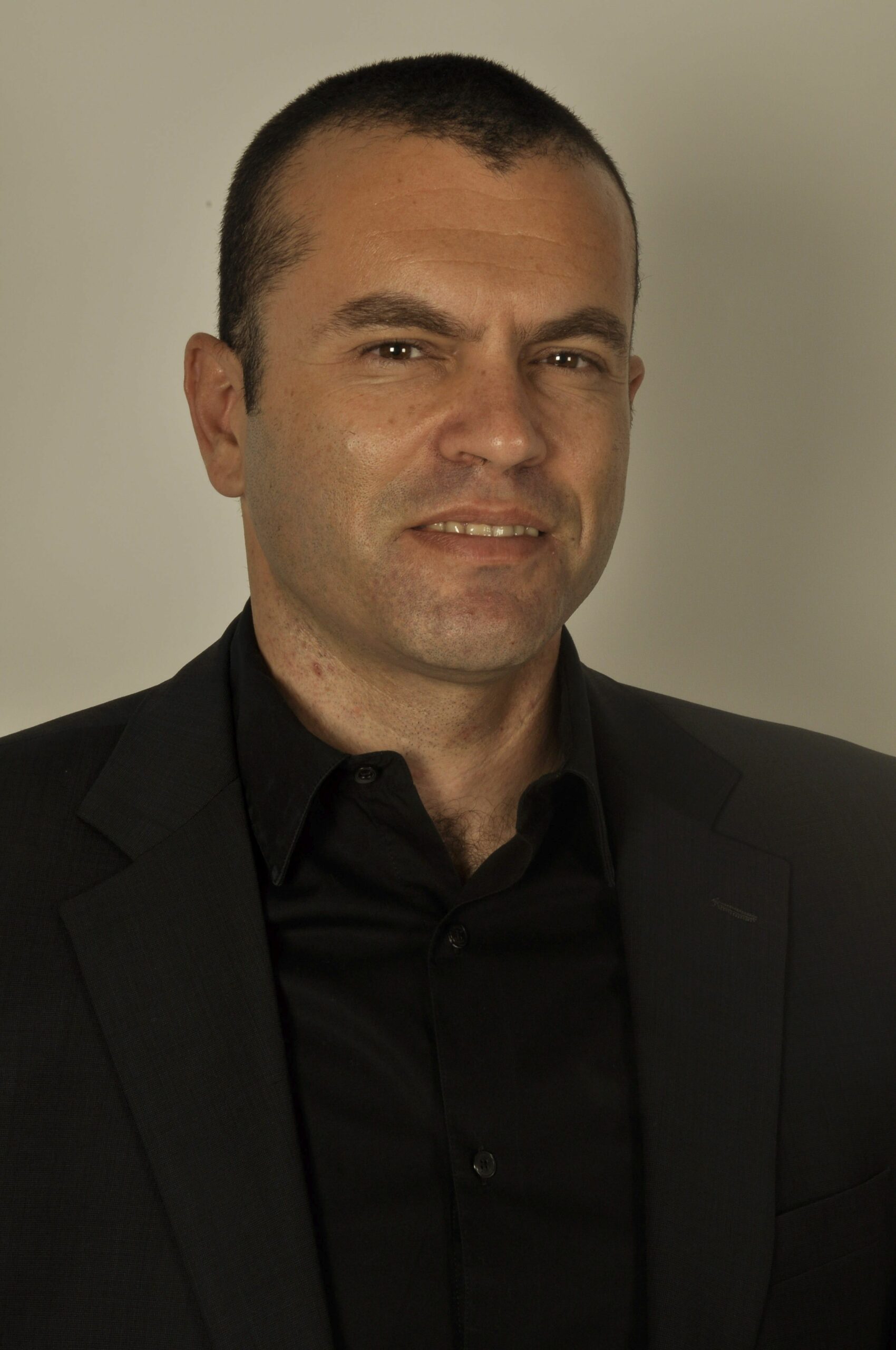The Cold War between the Truman Doctrine – a US foreign policy established in 1947 by President Harry Truman to prevent the spread of Communism after World War II – provided American support to countries believed to be targets of influence by the Soviet Union.
The current hot war resulting from Vladimir Putin’s offensive war against the former Soviet republic of Ukraine involves not the only bombing of military and civilian targets but also some elements of the Cold War because the conflict is partially based around the ideological and geopolitical struggle for global influence by Russia and the Western powers joined together in NATO.
So the current conflict could be called the Cold War 2.0, and it is the first-ever TikTok war involving social media. For the uninitiated,
TikTok is a social media platform for creating, sharing, and discovering short videos. The app is used mainly by young people to express themselves through singing, dancing, comedy, and lip-syncing and allows users to create videos and share them across a community. As fewer younger users communicate via Facebook, TikTok has taken up the slack.
In the war between Russia and Ukraine, both sides use information warfare that includes cyberattacks, the use of fake news, spreading rumors and misinformation, and most importantly, massive use of social networks, according to Dr. Yaniv Levitan, an expert in psychological and information warfare at the University of Haifa.
“The Russian invasion was accompanied by a huge ‘noise’ of TikTok videos designed to sow demoralization among the Ukrainians, he continued. “Along with genuine videos of the Russian army’s progress, there were also videos ‘borrowed’ from other armies and even Star Wars movies. The message that the invading Russian army is huge,” said Levitan, who added that the Russia-Ukraine conflagration is an example of the current use of information warfare as an integral part of traditional combat moves.

“This is part of the Cold War paradigm 2.0. “Both sides show that they can make significant moves that are directed towards the other side, the local population or the world watching the events,” he added.
Russian activity began many weeks before the invasion itself, in a series of cyberattacks on various Internet sites in Ukraine, said, Levitan. “At the same time, Russia has sown deliberate misinformation, with Putin and spokesmen saying in official statements that they have no intention of invading Ukraine. The purpose of these measures was to sow fear and confusion among the Ukrainians. Even before the invasion, the Russians used social networks to show the size and strength of the Russian force through videos and posts on the networks of Russian soldiers found on the Ukrainian border.”
The day before the invasion, Russia carried out a significant cyberattack on Ukrainian sites. The Distributed Denial of Service (DDOS) attack involves multiple connected online devices, collectively known as a botnet. These are used to overwhelm a target website with fake traffic.
A DDoS attack could be classified in the US as a federal criminal offense under the Computer Fraud and Abuse Act/ The use of booter services and stressors (a tool designed to test a network or server for robustness) also violates this act. Although DDoSing is an illegal cybercrime in the US, this doesn’t bother Putin.
When enough devices are infected, the hacker orders them to attack; each system begins sending a flood of requests to the target server or network, overloading it to cause slowdowns or complete failure. Several common DDoS attacks exist, such as volume-based, protocol, and application layer. Since DDOS attacks are carried out on multiple computers, it is tough to trace them back to the source of the attack.
“Although such an attack is not considered technologically advanced, the depth and breadth of the Russian attack indicate advanced planning and a high technological level,” said Levitan.
The invasion was accompanied by the “noise” on the TikTok network. “TikTok was ‘bombed’ with a huge number of Russian videos showing Russian tanks in Ukrainian cities, texts stating that Kyiv was occupied, Russian paratroopers dropping into the heart of Ukrainian cities, and more. Most of these videos were fake.”. “
The last part of the Russian psychological warfare was the use of spreading rumors, such as rumors of special units being sent to Ukraine to assassinate President Vladimir Zelensky or words that he had fled Ukraine, said the University of Haifa expert.
The Ukrainian side has also learned to use information warfare tools. “From the beginning, Ukraine’s goal was to position itself as a ‘David’ fighting ‘Goliath,’ ”Levitan added. “With the help of Zelensky’s smartphone, he uploaded videos that disproved Russian rumors and allegations that he had fled or that the Ukrainians were about to surrender.
In addition, to raise Ukrainian morale, he instructed his experts to use social networks to show its war achievements – downing Russian planes, hitting tanks, and, most importantly, capturing Russian prisoners of war. And the Ukrainians also had stories whose credibility was unclear, such as the story of the soldiers on “Snake Island” who, according to the first release in Ukraine, refused to surrender and were killed by Russian fire – which did not happen, Levitan concluded.
Israel365 is currently undergoing efforts to bring Jews trapped in Ukraine back to Israel. Please help by clicking on the image below.
The shortcode is missing a valid Donation Form ID attribute.



